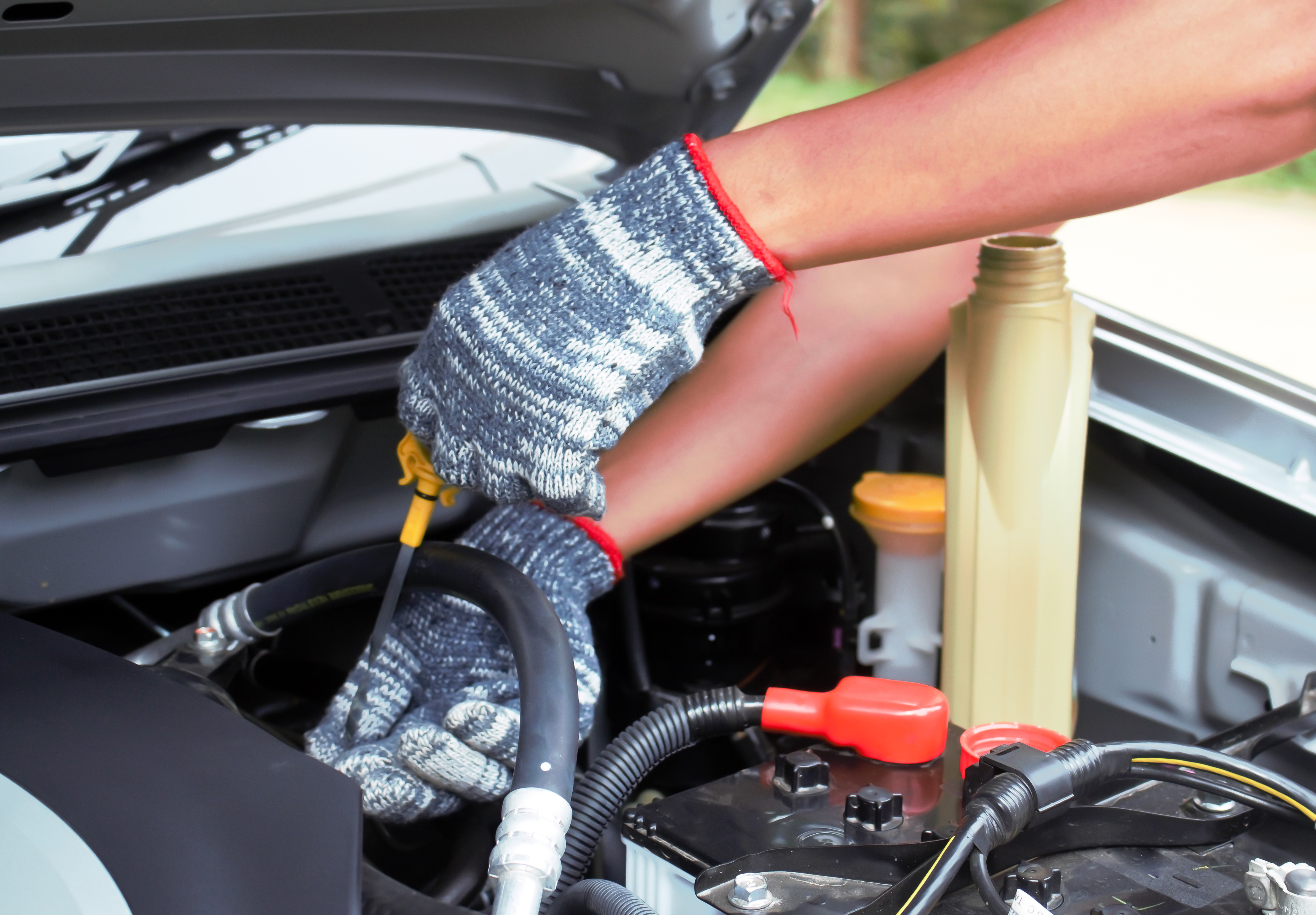

Now imagine looking at a used hack saw blade where the teeth have worn nearly smooth. As a visual reference, imagine the microscopic cross-section of a freshly honed cylinder wall as similar in appearance to the side view of a hack saw blade with multiple peaks and valleys. This creates a case where oxidized oil has collected on the cylinder walls and created a somewhat shiny surface coating that has completely filled in the peaks and valleys of the honing process. This often occurs after an engine has been run at idle or very light load for a sufficient enough time. Glazing is a term often used when discussing a cylinder that is not broken in properly.

Proper ring performance and sealing is based on the rings sliding across a coating of oil between the ring and the cylinder wall in much the same fashion as a crankshaft journal rides on a thin film of oil between it and the bearing.
#Shovelhead transmission oil change full#
A top or second ring that exhibits full face contact should be considered worn out.

So only a small part of the ring will exhibit wear. Nearly all top rings offer a barrel face where only a portion of the ring at the widest point is actually in contact with the cylinder wall. This is unfortunately an incorrect assumption. The top ring wear is difficult to see but is actually only contacting in the center of the moly inlay finish.Įngine enthusiasts are often quick to condemn a ring as “not seated” because the wear pattern is not spread across the full face of the ring. Note how the second ring is worn only on the bottom half – which is where this oil control ring should wear. In WOT dyno testing, likely the rings are seated by the end of the first few runs. With today’s rings, especially moly-faced versions, this can be achieved in a very short period of time and certainly within 20 to 30 miles of street driving. The cylinder pressure from 50 to 75 percent and eventually to 100 percent load will place additional pressure on the back side of the rings which will quickly establish the proper wear pattern for seating. You want to keep the rpm above 1,500 and vary the speed continuously for about the first 20 minutes.” After bringing the engine up to normalized coolant and oil temperature, put the engine under load. According to JE’s Senior Technical Account Manager Alan Stevenson, “You don’t want to break-in an engine at idle. As soon as the engine starts, immediately bring it up to an above-idle speed. For carbureted engines, this means pre-filling the fuel bowls and accurately setting the initial timing. The ideal combination is to tune the engine so that it starts on the first or second revolution. This brings us to how the engine should be run after initial startup. This places a premium on proper honing technique and finish. Cylinder wall taper or out-of-round makes the ring’s task of sealing and break-in much more difficult. Highly viscous or sticky engine assembly lubes should be avoided around the ring package. This lubricant will be present only for the initial revolutions until the engine starts. When assembling the engine, JE recommends using either engine oil or a light machine oil for the cylinder wall and rings. Lubrication is another critical element in this process but oil can only achieve its intended goals of lubrication and improving ring seal when the other conditions are also met. Creating the proper height of these peaks and the depth of the valleys will significantly improve the potential for ring seal. In order to do this, the rings will remove the microscopic peaks created by the honing process. The somewhat rough surface of a freshly-honed cylinder is established in part to promote a wear pattern between it and the ring face. That included angle helps both retain oil and also promotes ring movement within the grooves, which is important to maintain sealing. It’s beyond the focus of this story to get into specific procedures, but a proper torque plate honing with a 45 degree included honing angle is certainly moving in the right direction. Idealizing ring seal starts with proper cylinder honing. As we’ll see, the process is somewhat specific and less than rewarding if you screw it up! Bore finish will have a lasting effect on both how well the rings break in and the extent that they seal both cylinder pressure and keep oil out of the chamber. This goes way beyond just choosing the right break-in oil, although that’s an excellent start. More power! One way to ensure the horsepower built into your engine is achieved is to seize every opportunity to seal that cylinder pressure on the push side of the pistons.Ī great way to take full advantage of the 21st Century engineering that goes into piston rings is optimize the break-in / ring seating procedure.
#Shovelhead transmission oil change series#
Captain Kirk in the now-classic Star Trek TV series was constantly badgering poor Scotty for “More power!” That’s what everybody wants.


 0 kommentar(er)
0 kommentar(er)
